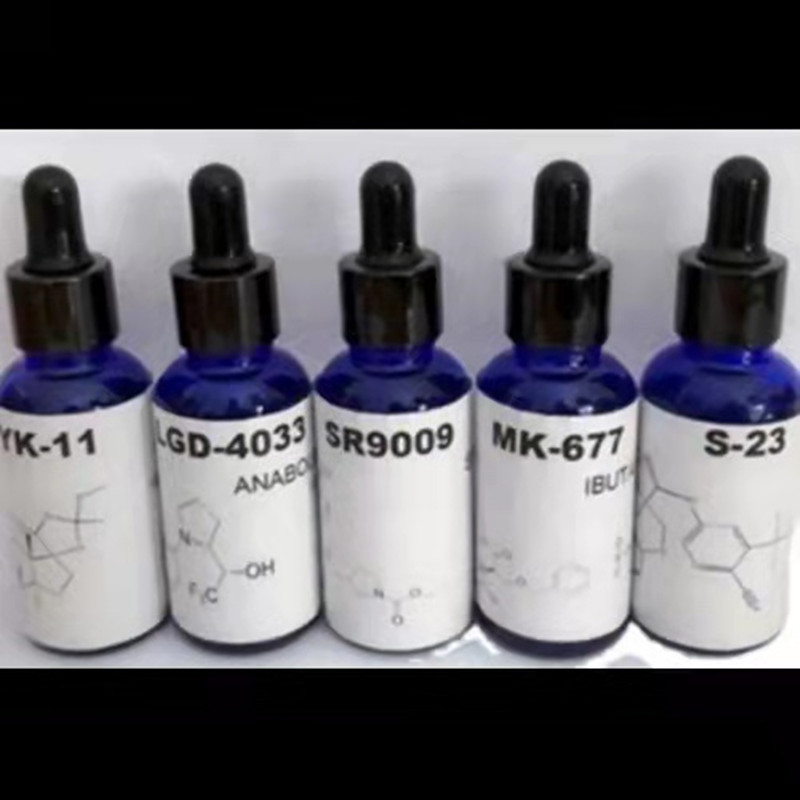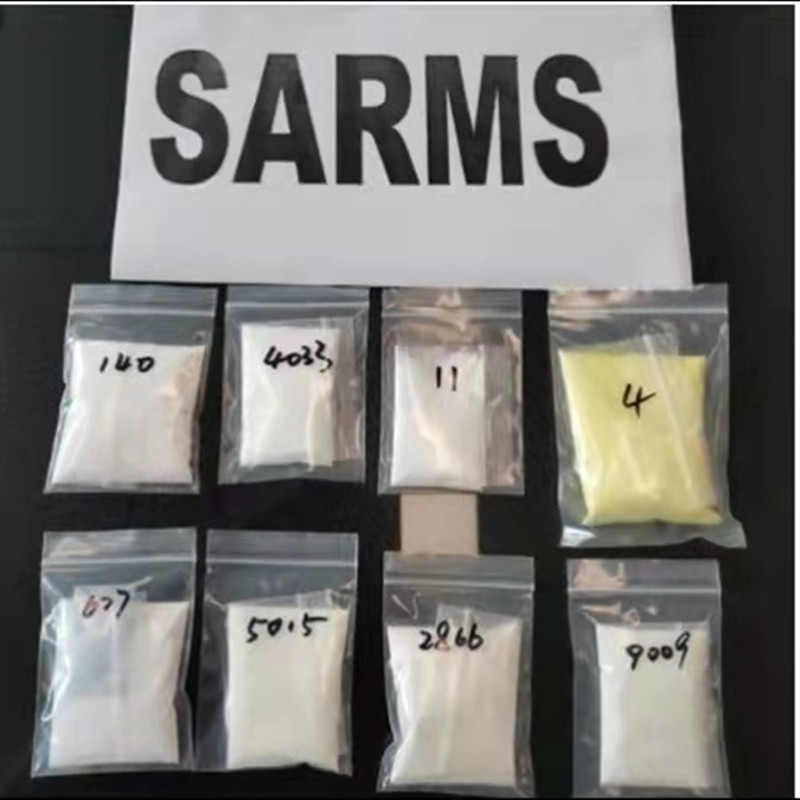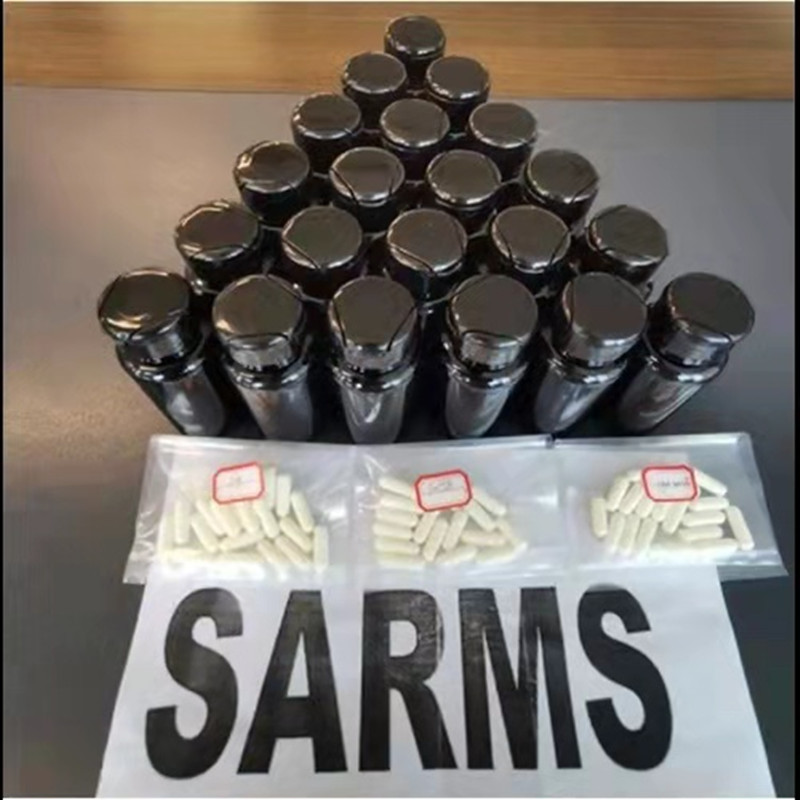Introduction to animal behavior experiments
Behavior is the result of the interaction of genes and the environment. Changes in genes (such as transgenes, knockouts, or down-regulations) ultimately manifest as behavioral changes associated with genes; changes in the environment (such as sound, light, electrical stimulation, and drug treatment) not only directly affect animal behavior. And can change the behavior of animals by affecting related genes. Learning and memory are a form of behavioral behavior of this related gene interacting with the environment. Learning is a get external environment information (for animals) or knowledge about the world process (for humans); the memory is of such information or knowledge processing (encoding), storage (storage) and reproducibility (retrieval) the process of. Human memory is complex, including obscurity of events and objects ( explicit memory ) or declarative memory and learning-independent (such as adaptability and sensitivity) or related (such as operational techniques and habit formation). memory (implicit memory) or a non-descriptive memory (nondeclarative memory). Animal memory is relatively simple, including short-term memory ( longterm memory ) and long-term memory (the former usually lasts for a few minutes to a few hours, while the latter lasts for 24 hours to several days . weeks or even longer. Correspondingly too the work memory (working memory) and a reference memory (reference memory). Working memory is the process of processing and storing the information for a short period of time, thus representing short-term memory. Reference memory refers to the process of processing and storing information that is useful throughout the experiment (any day of testing), thus representing long-term memory. Learning and memory research is one of the hottest areas in the biomedical world today. The development in this area can be described as ever-changing. New or improved research methods and methods are emerging, such as: Anhui Zhenghua Bio-Instrument Equipment Co., Ltd. specializes in the production of Morris water maze (MWM). It is a kind of experiment that forces experimental animals (rats, mice) to swim and learn to find platforms hidden in the water. The experimental animal's ability to learn and remember spatial orientation and sense of direction (spatial localization) was tested. It is widely used in learning and memory, Alzheimer's disease, hippocampus/external hippocampus research, intelligence and aging, new drug development/screening/evaluation, pharmacology, toxicology, preventive medicine, neurobiology, animal psychology and behavioral biology. The scientific research and computer-aided teaching of disciplines have been widely recognized in the world. It is the first choice for medical colleges to conduct behavioral research, especially learning and memory research. One of the most important accessories of the Morris water maze is the pool. The quality and function of the pool is an indispensable part of the experiment. The temperature of the water temperature in the experiment is the key to the experiment. The constant temperature pool produced by our company is the only one in China that has this function. Its temperature control and accuracy have reached advanced levels. Experimental principle: Although rats are natural swimmers, they hate being in the water. Swimming is a very physical activity for rats. They instinctively look for rest places in the water. Finding a resting place involves a complex process of memory, including collecting visual information about spatial location, processing, organizing, remembering, reinforcing, and then removing it for the purpose of successfully sailing and finding hidden The platform in the water eventually escaped from the water. Thermostatic swimming pool technical parameters: Pool material 304 GB stainless steel or PVC medical plastic optional Temperature control range: Room temperature +10 ° C---- 80 ° C? (Recommended setting between 22 ~ 26 ° C) heating power 2000 watt Rat pool specification 150cm in diameter and 60cm in height, Accurate temperature 0.1 ° C Mouse pool specification 120cm in diameter and 40cm in height Temperature fluctuation ±1°C Rat platform specifications 12cm in diameter and height between 20 and 35cm Numerical display type 000.0 Mouse platform specification 8cm in diameter and height between 20 and 35cm Software analysis results: The Morris water maze video analysis system provides 40 kinds of analysis data such as distance, time, percentage, and special indicators. It can be selectively analyzed during the analysis process. The data guide EXCEL table is convenient for biological software statistics. 1 . The acquisition phase theoretically divides the pool into four quadrants, with the platform placed in the center of one of the quadrants. ( 1 ) Put the head of the animal (rat or mouse) into the water in the pool wall, and place it in four places: east, west, south and north. One of the starting positions. Record the time ( s ) at which the animal found the underwater platform . In the previous training sessions, if this time exceeds 60s , the animal is guided to the platform. Let the animal stay on the platform for 10s. ( 2 ) Remove and dry the animals. Animals (especially rats) should be baked for 5 min under a 150 W incandescent lamp if necessary . Put it back in the cage. Each animal was trained 4 times a day , with 15 to 20 minutes between training sessions and 5 days of continuous training . 2 . Probe trial 1 On the second day after the last sexual training session, the platform was removed and the 60s exploration training began . The animals were placed in the water from the opposite side of the original platform quadrant. Record the time spent by the animal in the target quadrant (the quadrant where the platform was originally placed) and the number of times it entered the quadrant as a measure of spatial memory. 3 . Registration training (reveral phase) Determination of animal working memory (working memory). On the second day after the exploratory training, the four- day match training was started . Place the platform in the opposite quadrant of the quadrant where the original platform is located, in the same way as acquired training. Train 4 times a day . Each time you find the platform's time and swimming distance and swimming speed. 4 . Training for position probe (probe trial 2) the last bit of the second day of training conducted. The method is similar to the above exploration training. Record the time spent by the animal in the target quadrant (the second time the platform is located) and the number of times the animal entered the area within 60 seconds . Precautions 1 . In contrast to food-driven models (such as the radial arm maze), the biggest advantage of the water maze experiment is that animals have greater motivation to escape the water environment. And no need to fast, especially suitable for testing of older animals. Plus it is particularly sensitive to memory loss caused by aging, so water maze is most commonly used in the study of memory in older animals. 2 . For example, in the case of mice, the diameter of the platform is also small ( 7.5 cm ) except that the size of the swimming pool is about 50% of that of the rat . The experimental method is similar to that of the rat, but the training period is shorter. General acquired training for 3 days for 16 times ( 4 times on the first day , 6 times a day for the next two days ; interval between the two training sessions is 5~10min , the fourth day is the exploration training, and the fifth and sixth days are the alignment Training, training six times a day, the seventh day for the second exploration training. 3. If observed with the naked eye, the test is always sitting in the same position during all tests, about 60 cm from the nearest edge of the pool . 4 . Test at fixed time every day. The operation is gentle and avoids unnecessary stress irritation. 5 . When compared with other similar experiments, it is necessary to note the effects of various factors such as animal sex, strain, pool size and water temperature on the experimental results. In addition, when swimming speed is used as an observation index, it is necessary to consider the weight, age, and skeletal muscle development of the animal, which may affect the swimming speed. 6 . When conducting experiments with elderly animals, it should be confirmed that the swimming ability and visual acuity of the animals do not affect the behavioral operation due to the increase in age. The method is as follows: the platform is exposed to the water surface to enable the animal to see the platform. After the animals are placed in the pool, they can swim directly to the platform without any difficulty, indicating that the animal's swimming ability and vision are normal, and the experiment can be started. 7 . Swimming is a large stress stimulus for animals that can cause neuroendocrine changes. These changes may interfere with the experimental results. In older animals, cardiovascular disease can be induced in severe cases, leading to stroke or even death. Therefore, if necessary, the animal can be placed in the pool multiple times or the swimming time can be appropriately extended to increase the animal's ability to adapt to swimming. 8 . When mixing the water in the pool with milk or milk powder, it is necessary to change the water regularly to prevent the water from spoiling. If white paint is used for the same purpose, it must be ensured that the white paint is not toxic to the animal. Nonsteroidal SARMS are alternatives to steroids, also known as selective estrogen receptor modulators. Unlike steroids, SARMS stimulates muscle more directly and more strongly than steroids. The stronger the targeting, the more targeted. SARMS is an optimized version of steroid substances that have steroid-like effects in the treatment of certain diseases. It may completely replace steroids in the future as a new and more effective drug.
We can provide liquid, powder, capsule, etc. Welcome to inquiry
MK677
MK677
Mk 677 Tablets,Mk 677 Pills,Sarms Liquid And Powder,Muscle Building Powder Swarm XI AN RHINE BIOLOGICAL TECHNOLOGY CO.,LTD , https://www.xianrhinebiotech.com
The brain mechanism of memory is very complicated and remains unclear. Back in the late 1940s, the famous neurosurgeon Wilder Penfield first obtain evidence that memory processing probably in some special parts of the human brain. He observed from the patient to the thousands of cases, the patient's brain electrical stimulation of the temporal cortex (temporal lobes) will produce a series of memories of early experiences, the patient called "Experience reaction" (experiential response). A few years later by chance, in order to give a patient suffering from epilepsy for 10 years of the implementation of brain surgery, Penfield patient with bilateral amygdala and hippocampus-part temporal cortex removal. Postoperatively, the patient's epileptic symptoms were greatly improved. Unexpectedly, the patient's memory is simultaneously devastatingly damaged. Although the patient retained short-term memory for a few seconds to a few minutes and had very good " long-term memory " of pre-operative events , he could not convert short-term memory into long-term memory. Keep information such as people , places or objects for no more than one minute. Moreover, his spatial positioning ability has been greatly weakened, and it took even a year to learn to take a road around a new house without getting lost. In fact, all patients with extensive damage to the marginal structure of the medial temporal lobe due to surgery or disease have similar memory deficits. These results suggest that the limbic system plays an important role in memory regulation.
Subsequent research for nearly half a century has shown that there are at least five different structural systems in the brain that are relatively specifically involved in the regulation of learning and memory, including the hippocampus, amygdala, cortex (especially the perirhinal cortex ), cerebellum and back. Lateral striatum. Aiming at these brain structures, a corresponding behavioral measurement method with certain specific learning and memory was established. The hippocampus is the most important regulatory brain area of ​​spatial memory, and it is also involved in the regulation of emotional memory. Destruction of the hippocampus leads to complete loss of spatial memory, and emotional memory will also weaken, but will not completely disappear. This is because emotional memory is mainly regulated by the amygdala. The determination of amygdala-dependent memory is mainly based on the fear conditioning method; there are many methods for determining hippocampal-dependent memory, including various labyrinths and inhibitory avoidance experiments. The nasal cortex is the adjustment of visual object memory . The specific area of ​​the area, commonly used object recognition model ( object recognition ) detection. The cerebellum is a specific brain structure that regulates classical reflexes associated with skeletal muscle responses, and the eyeblink conditioning model has high specificity for cerebellar-dependent memory. Striatal stimulus - reaction habits (stimulus-response habit) of its important role in learning and memory, associated with drug abuse a major regulator of learning and memory. Radiation left arm maze (win-stay radial arm maze) method - a method for measuring small striatal memory, mainly used to win. Striatum damage can lead to memory manipulation disorders in this model, and damage to the hippocampus or amygdala has no significant effect on this memory. Explain that the win - leave arm maze method is specific to striatal memory.
Although the mechanism of memory remains unclear, but more and more evidence that cAMP - protein kinase A (cyclic AMP-protein kinaseA, Camp-PKA) signaling system for memory plays an important role in the regulation. Activation of the stimulatory G protein (Gs) coupled with stimulation of adenylyl cyclase receptor by activity, thus the increase in cAMP formation, and that the activation of cAMP response element binding PKA.PKA protein (cAMP-responsive-element-binding protein , CREB ) phosphorylates and activates, thereby promoting memory-related gene expression and ultimately enhancing memory. Further, mitogen activated protein kinase / extracellular signal-regulated kinase (mitogen activated protein kinase, MAPK / extracellular signal-regulated kinase, ERK) signaling pathway is also a similar manner to modulate the activity of phosphorylation of CREB, thereby regulating the memory. Therefore, in addition to the anatomically removing the regulation function of a particular brain structure on memory by the method of brain structure damage, any drug that can affect the function of the above signaling pathway (such as NMDA receptor antagonist MK-801 and MEK inhibition) Agent U0126 attenuates memory; type 4 phosphodiesterase ( PDE4 ) inhibitors enhance memory) or related treatments (such as transgenic or gene knockout or down-regulation) can affect learning and memory processes.
experimental method Sub-acquired training, exploration and para 3 training process.
Our company specializes in providing sarms series products
MK677
MK2866
GW501516
YK11
SR9009
RAD140
S4
S23
LGD4033
GW0742

MK2866
GW501516
YK11
SR9009
RAD140
S4
S23
LGD4033
GW0742 powder

MK2866
GW501516
YK11
SR9009
RAD140
S4
S23
LGD4033
GW0742 capsules
